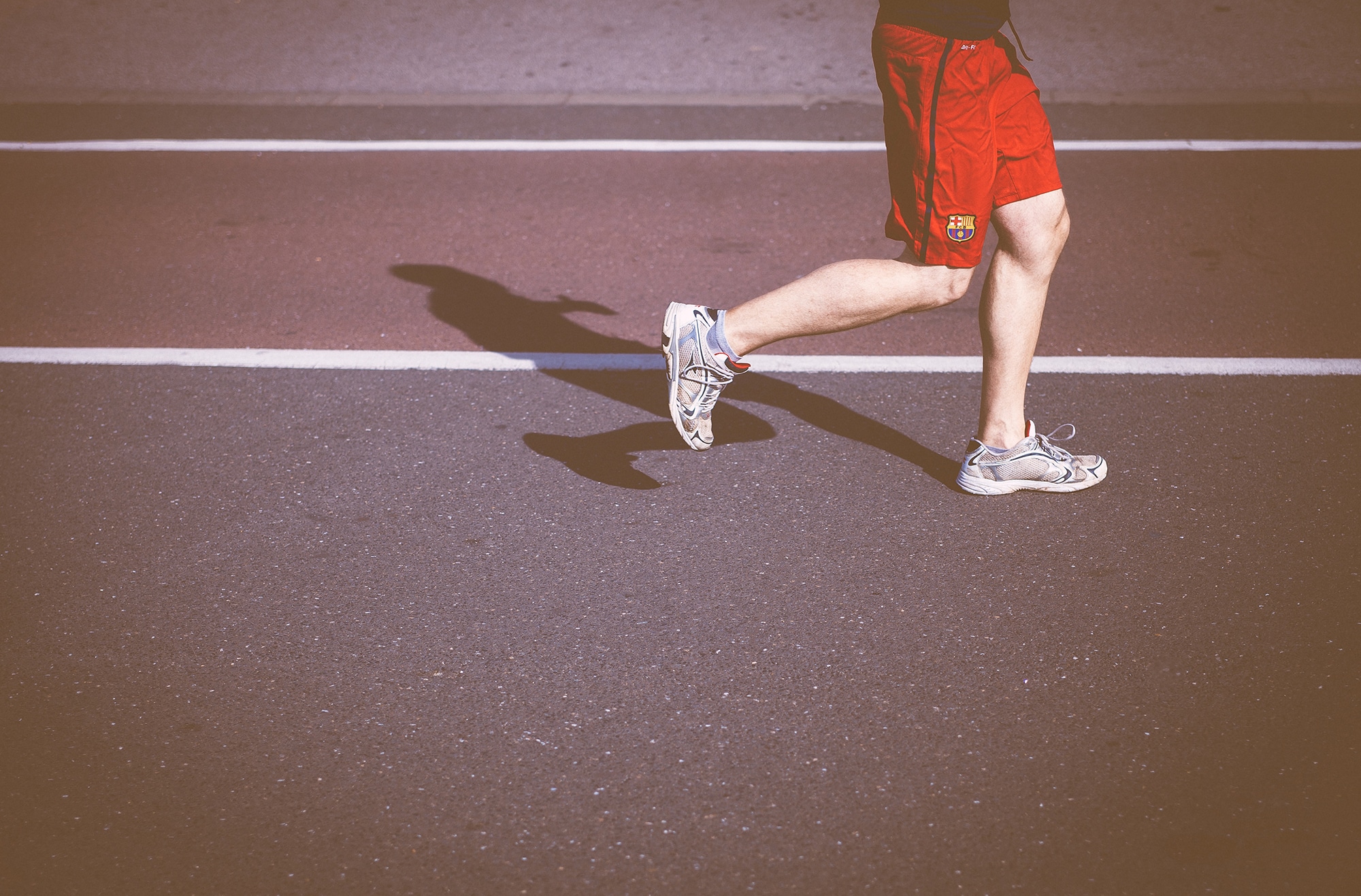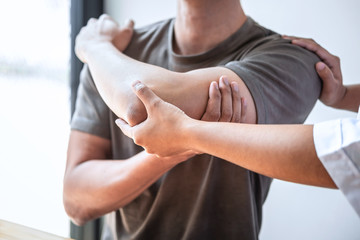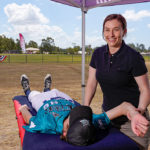
Preventing Niggles From Worsening

Injuries and niggles are unfortunately a part of all sports. It’s very unlikely that you will go through your life in sport without suffering an injury set back. Most professional athletes are always managing small injuries that they can play through. These athletes know their body and they know how to keep playing while avoiding making this niggle turn into an injury. For those of us who aren’t professional athletes we might need some more help when it comes to avoiding turning these annoyances into an injury. Here are our tips about when you should see a physio about a niggle.
Progression from niggle to injury
Most often niggles arise from an overuse injury. They are very rarely acute injuries that just happen. Often times these acute injuries become injuries straight away. When we get a niggle it’s often because of a range of factors. Some of these factors include a large increase in training load in a short period of time, footwear that is too worn out, repetitive training on an uneven or overly hard surface, lack of sleep or poor nutrition. Often times these will start out with some with some pain that goes away once we’ve warmed up got exercise. When a niggle is in this phase it’s important that you start to do damage control. Start by decreasing your training load or trying to get a few extra hours sleep per night. If you’re smart about it then hopefully type of small injuries will go away.
If you have a niggle but don’t take the initial steps to help it recover then it can move onto becoming a pain that does not warm up with exercise and the pain either stays constant or get’s worse while you exercise. When this happens you really need to take a step back and assess what in your training has caused this issue. This is when it’s important to go and see a physiotherapist. From here they can assess your training load and address any factors that may have led to your injury. At this stage it’s no longer a niggle and it will require treatment.
What the physio can do about your niggles
When you go to see a physio after a niggle that’s turned into an injury there are a number of things they can do. First, addressing why the injury happened is important. As previously mentioned, a large increase in training load in a short period of time is a major risk factor. Then they can move on to treating the injury. There may be muscle weakness or over-worked muscles that will need some strength training. Once you get given a strength program for your injury and have addressed the cause of your injury it’s still important to take a look at those other risk factors. Make sure you’re getting enough sleep, hydrating well, sleeping well, and making sure your training equipment is up to date.
Worst case scenario
If you continue to train through an injury without seeking medical attention niggles can progress to an injury that hurts before, during, and after exercise. At this stage there are changes in both the injured body area and in your brain. Your body goes into a state of hyper sensitivity. Sometimes even lightly brushing over the injured part can cause you to jump in pain. At this stage your brain is forcing your body to stop using this body part. If you ever get to this stage it’s extremely important that you see a physiotherapist. Ignoring an injury like this can lead to chronic pain amongst other biological and psychological changes.
Seeking help
Taking time to care for minor injuries can prevent them from developing into something more serious. Get in touch with one of our sports physiotherapy or exercise physiology team members today for more tips and suggestions. Call us on 07 3352 5116, contact us online, or schedule an appointment today.
Updated 17/12/2022




